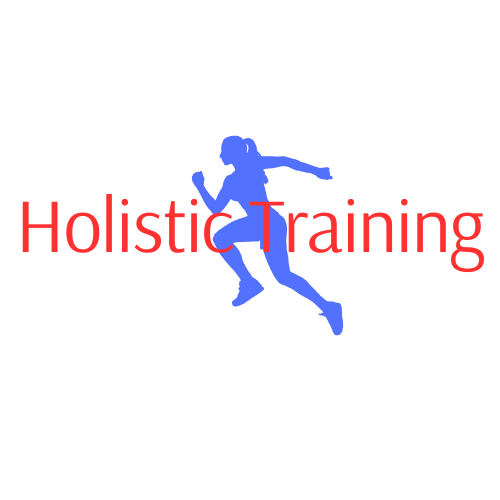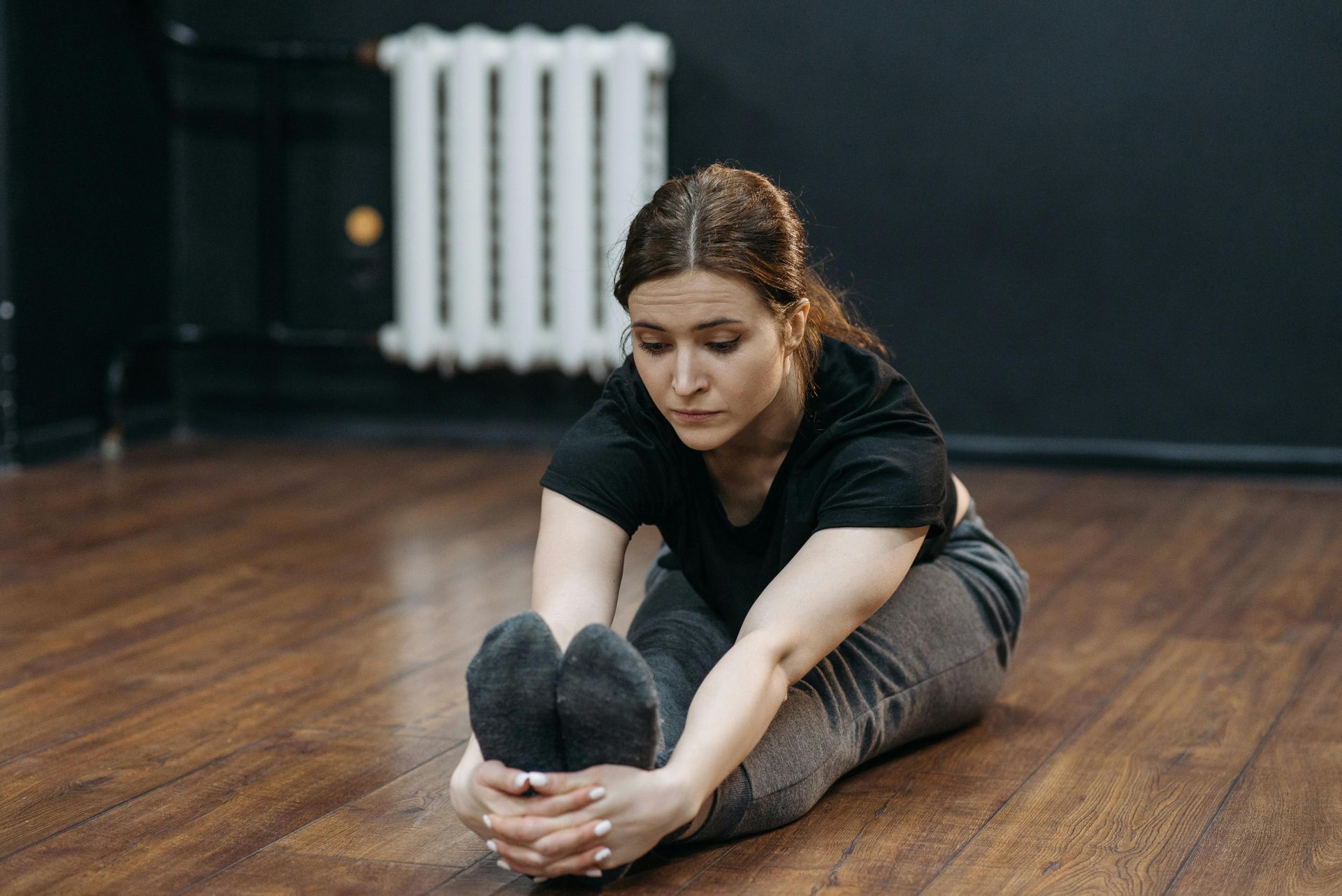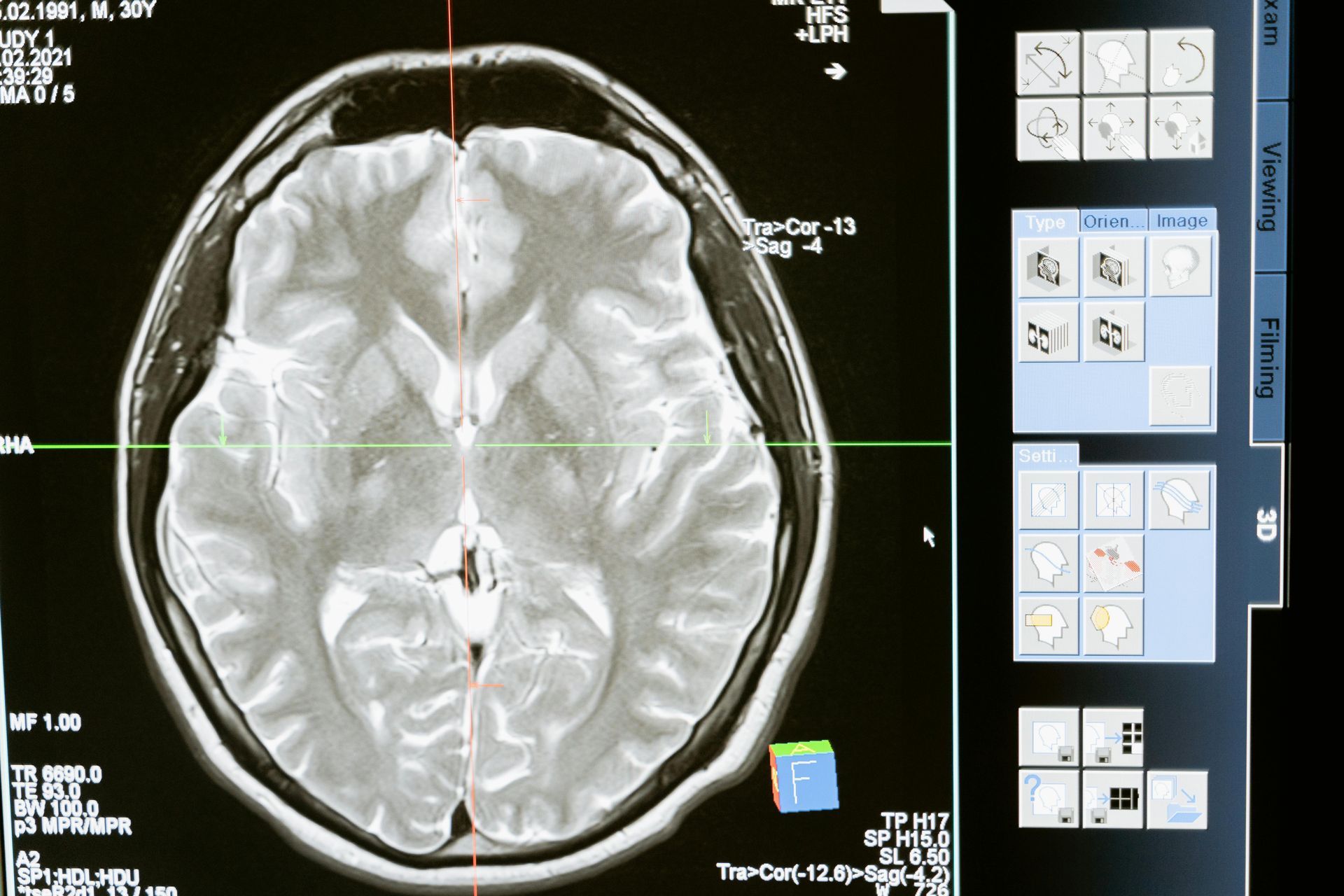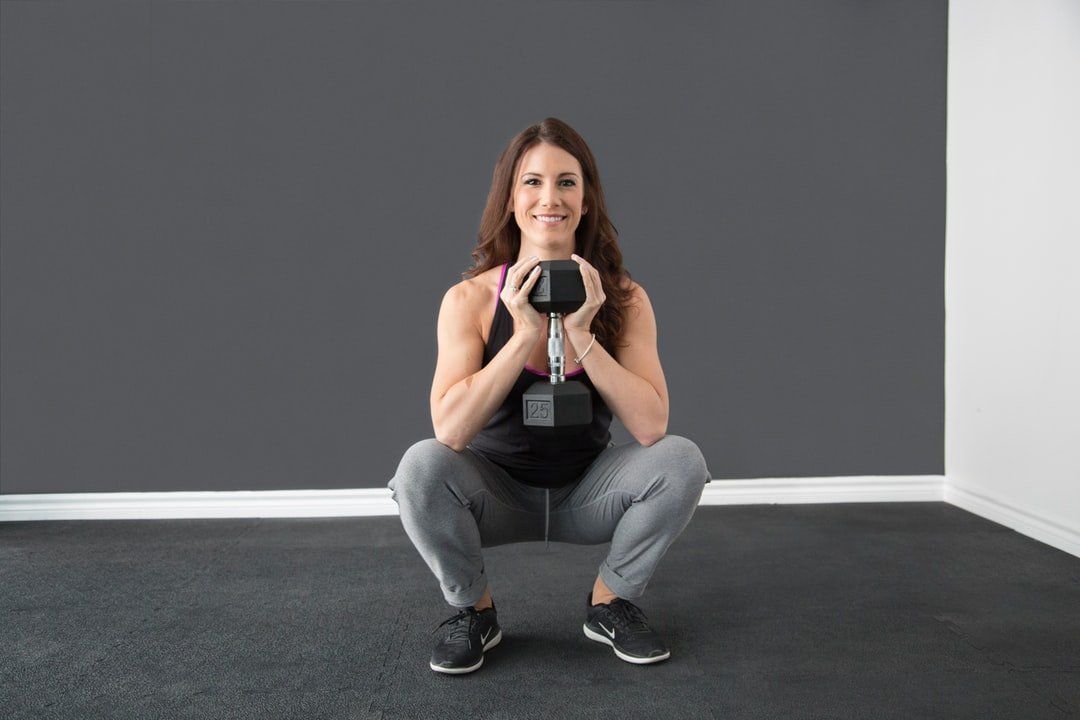The Myth of Cycle Syncing
Why Your Period Likely Doesn't Require You to Train Differently

Cycle syncing is a popular wellness practice that involves adjusting your diet, exercise, and lifestyle habits to align with the different phases of the menstrual cycle. The core idea is that by working with the natural hormonal fluctuations, you can optimize your energy, mood, and overall well-being.
The scientific evidence supporting the claims of cycle syncing is still limited and in many cases, inconclusive. While the premise is based on real hormonal changes and real lived experiences, the direct impact on performance and the effectiveness of tailoring lifestyle around these changes is not yet fully supported by robust clinical research.
The Scientific Evidence
It's a well-established fact that hormones like estrogen and progesterone fluctuate throughout the menstrual cycle, which can affect mood, energy levels, and physical sensations. For instance, as estrogen and progesterone levels drop during menstruation, many people experience symptoms like fatigue, cramping, and bloating. Estrogen levels increase during the follicular phase and this is associated with a rise in energy and motivation. During ovulation, a surge in estrogen and testosterone can lead to peak energy. Following ovulation, progesterone becomes the dominant hormone during the luteal phase. Progesterone's effects, coupled with the eventual drop in estrogen and progesterone before menstruation, are responsible for common premenstrual symptoms, including fatigue and lethargy.
While many proponents suggest tailoring workouts to each phase (e.g., high-intensity training during the follicular and ovulatory phases, and low-impact exercise during the menstrual and luteal phases), the scientific evidence is mixed. Some studies suggest a slight decrease in athletic performance during the early follicular phase, but others have found no significant difference in acute strength performance or muscle adaptations to resistance training regardless of the cycle phase (see Charmichael and colleagues, 2021 for more information). A 2025 McMaster University study by Colenso-Semple at al. (2024), for example, found that timing resistance training to specific phases of the menstrual cycle had no impact on the synthesis of new muscle proteins. A systematic review published in Sports Medicine in 2021 noted that while some hormonal changes can affect performance, the effects are highly individual and not significant enough to warrant a one-size-fits-all training protocol. They concluded that athletes should primarily listen to their bodies rather than rigidly follow a cycle-syncing plan. Ultimately, many experts agree that the perceived effects of the cycle on exercise are highly individual and may be more related to self-reported motivation and how a person feels than to a physiological hormonal advantage. A more recent study by Zinner et al. (2025) a menstrual cycle “does not influence the dynamic maximal strength in the upper and lower body. Even though pain perception changed during the [menstrual cycle] this does not seem to have an impact on women’s maximum strength in the [deadlift] and [benchpress] on a group level.”
I mentioned earlier that cycle syncing is based on lived experience. How do we reconcile this with the scientific data? Let’s talk about the nocebo effect, which is the opposite of the more widely known placebo effect. It is a phenomenon in which a person's negative expectations about a treatment or intervention lead to a negative outcome, such as the worsening of symptoms or the experience of side effects. In this case, cisgender women’s expectations that they will have lower energy or strength levels every couple of weeks is exactly what produces the lower perceived energy or strength levels, not one’s cycle.
The claim that specific dietary changes can ease symptoms is more widely accepted, though not always directly linked to "cycle syncing" as a complete system. For instance, eating iron-rich foods (or taking a supplement) during the menstrual phase can help counteract the iron loss from bleeding. Similarly, some research suggests that avoiding highly processed foods, sugar, and alcohol may help reduce PMS symptoms (though more research is needed to establish more definitive conclusions). The concept of adjusting your diet to support your body's needs at different times of the month, at least in this sense, may be a reasonable approach to wellness.
While the full benefits of "cycle syncing" as a systematic, one-size-fits-all approach are not scientifically established, the practice of tracking your cycle and listening to your body has a lot of merit because understanding how your body feels at different times of the month can help you plan and be compassionate with yourself. If you know you tend to feel more fatigued during your luteal phase, you can schedule more restorative activities and avoid overcommitting. Tracking your symptoms can help you identify patterns that may warrant a conversation with a healthcare provider, such as severe cramps. Whether you decide to do a high-intensity workout or a gentle yoga session should ultimately be guided by how you feel on that particular day.
Autoregulation as an Alternative
Autoregulation is a training approach that individualizes and adjusts workouts based on an individual's readiness and performance on a given day. Instead of rigidly following a pre-planned schedule, you can modify training variables like intensity, volume, and frequency in real time. This approach is a strong alternative to cycle syncing, which assumes an overgeneralized response to hormonal phases.
Autoregulation is based on the idea that many factors, including sleep, stress, nutrition, and even hormonal fluctuations, can affect performance. Because day-to-day readiness can be unpredictable, a flexible approach is often more effective than a rigid one. The goal is to maximize performance while minimizing the risk of overtraining or injury.
Here are a couple methods for using autoregulation:
- Rate of Perceived Exertion (RPE): This is a subjective scale, typically from 1 to 10, where you rate the difficulty of a set. For example, an RPE of 8 means you could have done two more reps. You can adjust your weight or reps based on your RPE to ensure you're training effectively without overdoing it.
- Reps in Reserve (RIR): This is closely related to RPE and refers to how many more repetitions you could have completed before reaching muscular failure. An RIR of 2 is the same as an RPE of 8.
While cycle syncing attempts to use a broad, cyclical pattern (the menstrual cycle) to dictate training, autoregulation relies on immediate, individual feedback. The main difference is that autoregulation is not tied to a specific biological rhythm. It accounts for all the variables that might affect a person on a given day, whether they're related to their cycle or not.
Scientific literature supports the benefits of autoregulation. Studies have shown that it can lead to greater gains in strength and muscle mass compared to more rigid, fixed-load training plans. Autoregulation allows for smarter training, as it adapts to both good days and bad days, ensuring the training stimulus is always appropriate for the body's current state. For example, if you're feeling great, you might lift heavier or do more sets. If you're feeling tired, you can reduce the intensity to prevent injury and promote recovery. By focusing on an individual's actual readiness, autoregulation is a more personalized and scientifically robust approach to training than a one-size-fits-all cycle syncing plan.
The Problematic Assumptions and Effects of Cycle Syncing
Cycle syncing, while often presented as a form of empowerment, can be disempowering to cisgender women and others assigned female at birth and is criticized for being based on misogynistic assumptions. The main issues arise when it moves from a tool for self-awareness to a rigid, prescriptive system.
The disempowerment from cycle syncing stems from its oversimplification of the female-typical body. By enforcing a "one-size-fits-all" model, it can lead to several negative outcomes including the nocebo effect, inaccurate or limiting advice, ignoring individual variation, oversimplifying health, and is exclusionary against people using hormonal birth control, who are menopausal, or have underlying endocrinological disorders.
The criticism of cycle syncing as a misogynistic practice is rooted in a long history of viewing women as hormonally unstable and irrational. Cycle syncing can reinforce the long-standing, misogynistic idea that a woman's performance, mood, and capabilities are determined by her hormones. This perpetuates the stereotype of the "hormonally-driven" or "overly emotional" woman. Academic research (such as this
paper, this
paper, and this
paper) suggests that this notion of a "pre-menstrual impairment" is a widely held public belief that is difficult to displace, despite a lack of strong scientific evidence. Additionally, when major portions of a woman's lifestyle—from her diet and exercise to her work and social calendar—are prescribed based on her menstrual cycle, it can reduce her identity and value to her reproductive function. This aligns with patriarchal views that define a woman's value primarily by her biological role.
These criticisms argue that instead of being a truly empowering practice, cookie-cutter cycle syncing programs can be seen as an extension of a societal narrative that seeks to control and limit women by overemphasizing their biological traits and assuming a one-size-fits-all experience.
Final Thoughts
I argued in this post that cycle syncing, a popular wellness practice, is a myth because there's limited and inconclusive scientific evidence to support its effectiveness. While acknowledging that hormones fluctuate throughout the menstrual cycle, I pointed out that research shows no significant impact on strength or muscle gains. I also suggested that the perceived effects of the menstrual cycle on performance may be more psychological than physiological and possibly tied to the nocebo effect, where negative expectations lead to a negative outcome. As a more effective and scientifically backed alternative, I introduced autoregulation, a flexible training approach that adjusts to a person's readiness on a given day based on factors like sleep, stress, and energy, rather than a rigid, one-size-fits-all schedule. I also criticized cycle syncing for being potentially disempowering and misogynistic, as it can oversimplify health, ignore individual variation, and reinforce stereotypes about women being overly emotional or controlled by their hormones.
Based on my argument, cycle syncing is a practice with a weak scientific foundation that may be more problematic than beneficial. While tracking one's cycle is valuable for self-awareness, rigidly following a prescriptive cycle syncing program is not supported by robust research. I assert that a better alternative is autoregulation, which is a more personalized and effective method for training. Ultimately, I conclude that cycle syncing, despite its popularity, can be viewed as an oversimplification of female-typical biology that reinforces harmful stereotypes and limits a woman's sense of empowerment.
















